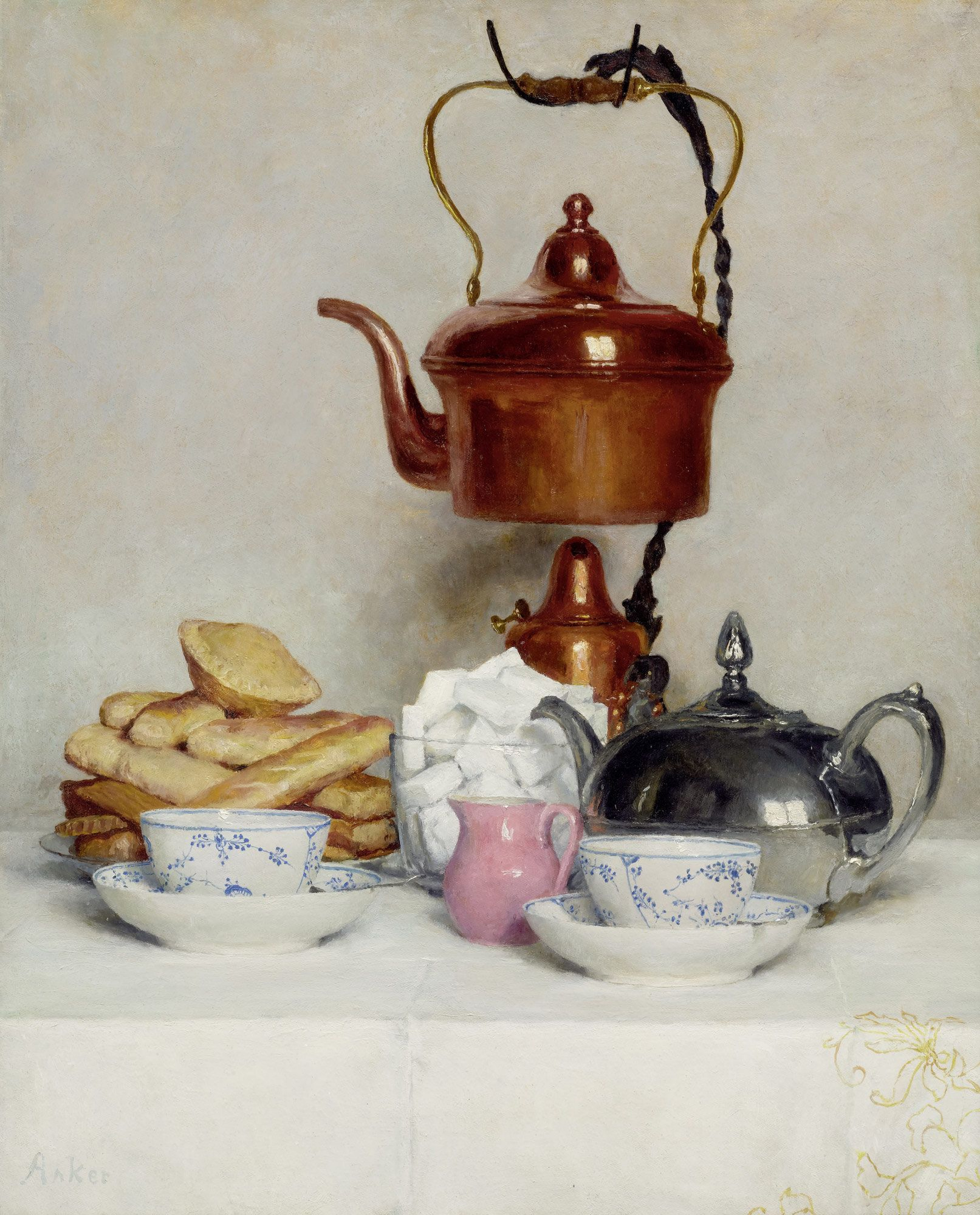“Monday morning” as a concept since the modern idea of weekdays, including Monday as the start of the workweek, is a relatively recent development. In ancient times, different cultures had their own systems for organizing time, often based on astronomical or religious cycles rather than the structured workweek we’re familiar with today.
From ancient writings, however, we learn about the start of the week in various contexts. For instance, in Greco-Roman literature, there are numerous references to the beginning of the day and the importance of starting tasks early. Additionally, certain religious texts, such as the Bible, may contain references to the first day of the week, which could be interpreted in a similar context to Monday.
“No matter where you are in the world,
you are at home when tea is served.”
– Earlene Grey
There is an American way for drinking tea, a British way of drinking tea, a Japanese way of drinking tea and so forth and so on. However, the International Organization for Standardization (ISO) section ISO 3103 concludes upon an “international way” of drinking tea. The ISO even created a standard on how to run a standard organization. Their goal for this standard, no matter where you are in the world, is to have one way to play it safe in terms of making tea. To maintain consistent results, the following are recommendations given by the standard:
- The pot should be white porcelain or glazed earthenware and have a partly serrated edge. It should have a lid that fits loosely inside the pot.
- If a large pot is used, it should hold a maximum of 310 ml (±8 ml) and must weigh 200 g (±10 g).
- If a small pot is used, it should hold a maximum of 150 ml (±4 ml) and must weigh 118 g (±10 g).
- 2 grams of tea (measured to ±2% accuracy) per 100 ml boiling water is placed into the pot.
- Freshly boiling water is poured into the pot to within 4-6 mm of the brim.
- The water should be similar to the drinking water where the tea will be consumed
- Brewing time is six minutes.
- The brewed tea is then poured into a white porcelain or glazed earthenware bowl.
- If a large bowl is used, it must have a capacity of 380 ml and weigh 200 g (±20 g)
- If a small bowl is used, it must have a capacity of 200 ml and weigh 105 g (±20 g)
- If the test involves milk, then it can be added before or after pouring the infused tea.
- Milk added after the pouring of tea is best tasted when the liquid is between 65 – 80 °C.
- 5 ml of milk for the large bowl, or 2.5 ml for the small bowl, is used.
If you travel out of the country and are not informed on the countries traditions and practices for drinking tea, according to the ISO, you can’t go wrong by using the above standards. Their standards does not make your way of making tea wrong. It just sets a default and reproducible cup for everyone to make.
More
The International Standard Cup of Tea
NSF International: Drinking Water Quality
There are several universities around the world that specialize in tea research. Some of the most well-known include:
University of North Carolina at Greensboro (USA): The UNCG has a Center for Applied Research in Tea and is dedicated to tea research in the areas of health, culture, and sustainability.
Huazhong Agricultural University (China): Huazhong Agricultural University has a Tea Science Institute that conducts research in the areas of tea breeding, tea processing, tea quality, and tea culture.
University of Shizuoka (Japan): The University of Shizuoka has a Faculty of Agriculture that includes a Department of Tea Science, which conducts research in the areas of tea production, processing, and quality.
University of Darjeeling (India): The University of Darjeeling has a Department of Tea Science and Technology that offers courses in tea science and conducts research in the areas of tea cultivation, processing, and marketing.
University of Colombo (Sri Lanka): The University of Colombo has a Department of Plant Sciences that conducts research in the areas of tea breeding, cultivation, and processing.
Anhui Agricultural University (China): Anhui Agricultural University has a Tea Research Institute that conducts research in the areas of tea breeding, cultivation, processing, and marketing.
Nice cup of tea before bed pic.twitter.com/Wfr16IUGaz
— Rachey (@Rachelle_Hulme) April 2, 2025









